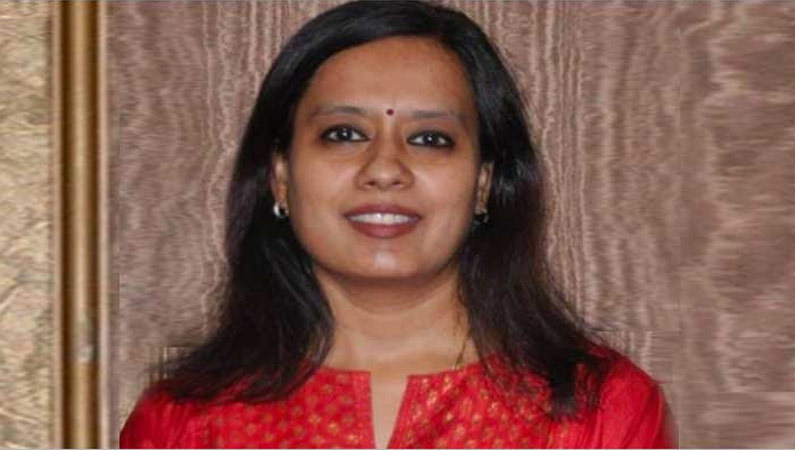More than 70% of Indian population lives in rural areas and urban slums. These markets not only contribute to more than 3/4th of the workforce in the country but also are becoming the new drivers of growth. Despite the huge potential, these markets remain underserved in the country due to various challenges including logistics, huge price sensitivity, seasonal employment etc. But these continue to remain attractive tothe marketers as there are estimates that just the FMCG markets for rural India will touch UDS 100 billion in the next 5-7 years. The issues These markets and consumers remain under-researched despite their potential. Marketers still face multiple issues while researching these markets due to high degree of variance among consumers in terms of lifestyle, language, rituals across the country. Some of the issues are:
- Inability of the respondents to comprehend the line of questioning leading to low/ no response during interactions
- People who turn up for interactions typically are not representative of the average population in the area being researched
- ‘Bombing’ of usual projective techniques during the consumer interactions due to lack of exposure and a reference point
- Research scales not being understood by the respondents, leading to faulty/ incorrect results
- The phrases/ words used in the research instrument were not understood despite being in the local language due to prevalence of multiple dialects
- Significant difference in claimed response in formal interaction versus on-ground reality seen through observations etc.
- Critical to pre-test the research instrument at least 2-3 times in a hitherto unknown rural market.
- The researchers as far as possible should travel to at leasta sample of representative research locations, if not all, to get a firm hold on the pulse of the market
- Training of moderators, interviewers is critical and they should be chosen as far as possible from the local market. I will reiterate here, it is critical to conduct thorough training sessions and the follow those up with mock calls to ensure comprehensive understanding of the research instruments.
- Proposed scales for the study should be tested to check whether they are being understood or not. Suitable alternatives should be used in case the scales are found to be not working.
- Avoid sole reliance on focus group discussions in your research design since often group discussions get attended by the upper caste or affluent villagers. The real BoP consumers within the villages usually get missed out. Therefore, it is important to include a few observations/ in-home visits in the research designs for validation.
- Include a few opinion leaders in the sample to get their perspective. It is even better to start the research with formal interactions with the opinion leader to form initial hypotheses and then test those with the actual target audience.
- Use colloquial terms while researching BoP consumers. Try including innovative games, folk songs in the discussions.
- Given our strong oral tradition, it is often a good idea to use audio recorded songs/ scripts as a supporting tool along with the visual stimulus.










